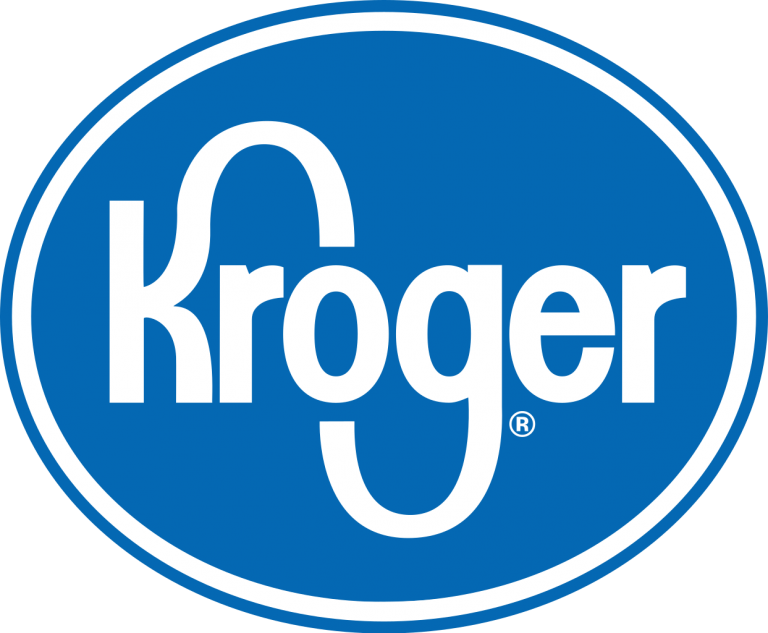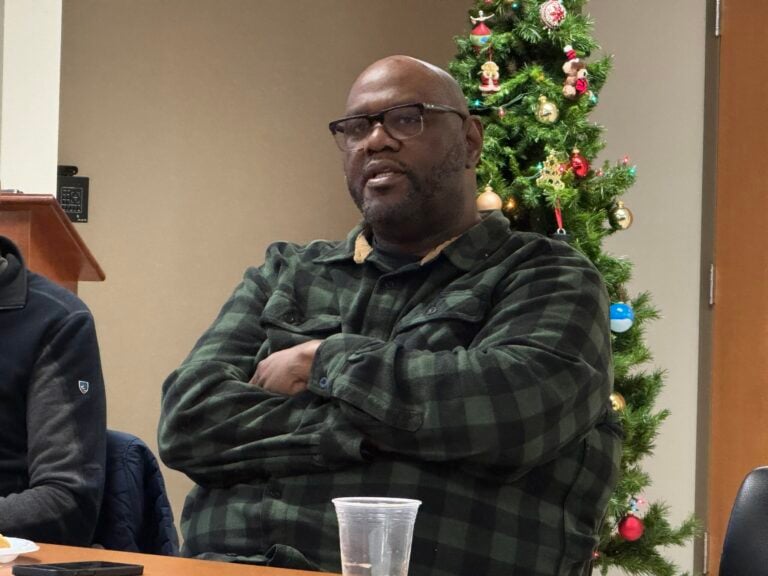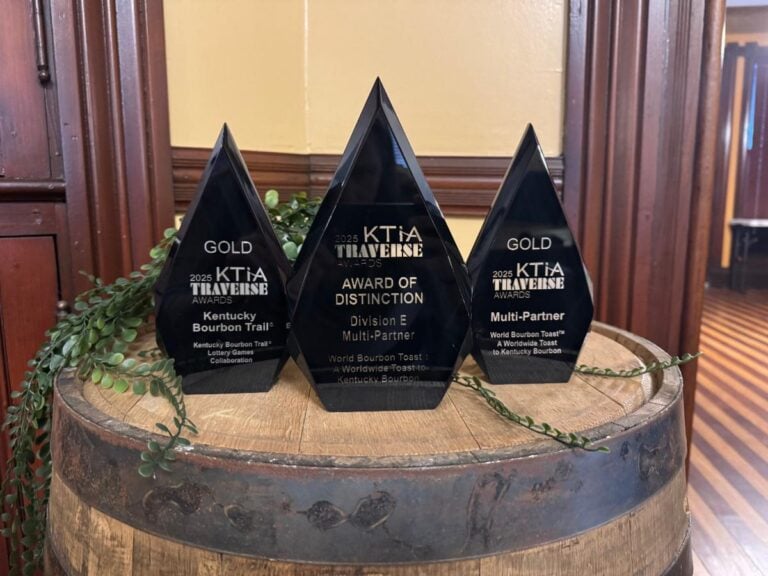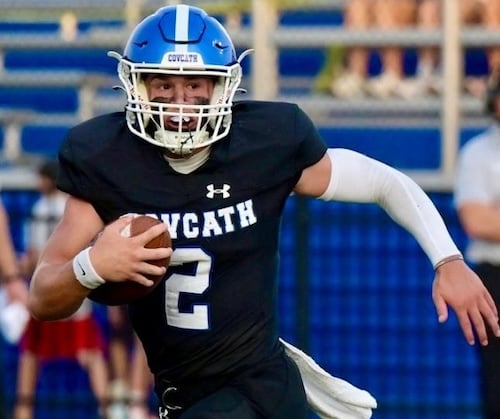By Paul Tenkotte
Special to NKyTribune
Part 8 of an occasional series about fast food restaurants
In the late-nineteenth and early-twentieth centuries, downtown areas of cities like Cincinnati, Ohio, and Covington, Kentucky, were dynamic places. Live theater and entertainment abounded. Usually once or twice per week, department stores and other shops featured evening hours. In addition, many factories ran night shifts, while daily newspapers operated their presses in the evenings to ready the next day’s editions. Shoppers, patrons, and workers alike sometimes got the late-night “munchies.” Where did they go?

Much like “food trucks” today, “lunch wagons” operated in cities, serving coffee, sandwiches, and hot dogs to busy lunchtime workers as well as to nighttime shoppers and theater patrons. Commuting to downtown and back to their suburban homes on streetcars, these workers and visitors found it difficult to pack lunches or snacks, especially since people of that era preferred hot meals and drinks. Generally operated by individual owners, the lunch wagons could be moved each day or evening to a convenient spot near factories, offices, shops, and theaters. One such lunch wagon still operates regionally, in Miamisburg, Ohio, south of Dayton.
These portable lunch stands had long been popular. People attending fairs and expositions were accustomed to this early phase of “fast food.” In fact, feeding hundreds of thousands of people per day had become somewhat routine by the time of the 1893 World’s Columbian Exposition in Chicago. There, Wellington Catering Company had successfully won the bid for the fair’s food concessions, where it operated restaurants and lunch counters occupying over 137,000 square feet. Their world’s fair lunch counters alone measured “7,500 feet, or one and one-half miles in length,” enabling 4,000 people to eat at the counters at the same time. By October 1893, as many as “300,000 people ate their midday meals inside the grounds” of the exposition (“Catering Company’s Plans,” Chicago Daily Tribune, February 18, 1893, p. 9; “Food Enough for All,” Chicago Daily Tribune, October 10, 1893, p. 9).
At the 1903 World’s Fair in St. Louis, President Theodore Roosevelt ate at a lunch counter. An editor at the Cincinnati Post proclaimed that “The St. Louis affair was not very dignified, but somehow it was distinctly American. We are apt to crowd in this country. We step on the toes of a General and apologize. That makes it all right. We get our elbows in the ribs of a President, and he smiles forgiveness. We give our seat to a lady and share car [streetcar] straps with a Bishop” (“If the King should Come,” Cincinnati Post, May 8, 1903, p. 4).

The region’s amusement parks also had lunch counters. In 1906, the Cincinnati Post sponsored a special day at Chester Park in Cincinnati. The Post touted the advantages of attending: “Not only have the prices for the attractions been halved, but everything at the lunch counter can be had for half price, and lemonade will be sold on the ground for one cent a glass. In the new family lunch pavilion you will have chairs and tables, and can be comfortable while eating your lunch” (“Another Day at Chester—Monday!” Cincinnati Post, August 24, 1906, p. 9).
In Cincinnati and other cities, there were restaurants that specialized in the lunchtime crowd, having either places where you could stand—or sit on bar stools—to eat a quick lunch. Sometimes, these places were called “lunch stands” or “lunch counters.” Five-and-dime stores such as FW Woolworth and SS Kresge, featured inexpensive lunch counters with fast service.
In an advertisement for Stuart’s Dyspepsia Tablet appearing in December 1907 in the Cincinnati Post, the ad writer decries how quickly people were eating at lunch counters: “Look down the whole line and notice how they bolt down their food, washing it down with hot coffee or cold water. First they take a large bite, then a drink, a bite and a drink, hurrying through their meal in five or ten minutes.” Dyspepsia — commonly called indigestion — was the result.
“The lunch counters create a great demand for Stuart’s Dyspepsia Tablets,” the ad continued. “The dyspeptic is usually grouchy and cannot meet his fellow-man in the proper spirit to win his confidence and esteem. . . . Your brain does not work right where dyspeptic conditions prevail; neither does any organ of the body. Get your digestive apparatus in perfect condition first, and all will go well with you” (“The Lunch Counter. Is the Cause of Dyspepsia and Indigestion, Catarrh of the Stomach and Heart Disease,” Cincinnati Post, December 6, 1907, p. 2).

In fact, wherever people were on the go, they needed quick sustenance. For example, lunch stands thrived at train stations. There, owners sought to systematize production so that customers could be served in a timely manner. For example, in 1882, a journalist with the Cincinnati Daily Gazette expressed both surprise and disappointment that nearly every train depot lunch counter utilized sandwich rolls that “look just alike, no matter where one might go, throughout the country. They all seem to be the same size, same shape, same color, and are cut in half in about the same way” (“Railroad Sandwich Rolls,” Cincinnati Daily Gazette, January 28, 1882, p. 7).
What the Cincinnati Daily Gazette journalist was describing is what today we call a “sandwich bun.” He continued: “These biscuits or ‘railroad sandwich rolls,’ as they are called, are about three inches in diameter across the top, and one and one-half inch thick from top to bottom. They are browned on the top and bottom, and the inside is a yellowish white.”
Today as in the past, not all customers were trustworthy. Lunch wagon proprietors were sometimes the victims of robberies. And in other cases, customers tried to grab their food and run, not always with success. In February 1900, Joseph Spigleder, “a sandwich stand man, at 1622 Elm Street, was arrested.” Charged “with assault to kill,” he struck “John Becker, of 221 West Liberty Street” over the head with a steel [implement] because he failed to pay for a sandwich” (“Customer Didn’t Pay. So Sandwich Man Hit Him Over the Head,” Cincinnati Post, February 1, 1900, p. 4).

Eventually, “all-night restaurants” appeared in cities like Cincinnati. Those and Prohibition—the closing of saloons—doomed the night lunch wagons. A Cincinnati Post reporter declared in 1920 that “A few years ago on every street corner downtown a ‘hot dog’ man had his stand. Others had a route they covered every night. The big business of the ‘hot dog’ merchant was attracted from the saloon trade. Persons waiting for night owl cars [streetcars] were also his customers. Nowadays the ‘night owler’ drops into a dairy lunch.” (“‘Hot Dog’ Man,” Cincinnati Post, May 7, 1920, p. 12).
The new era of late-night hamburger stands and soda fountains — with their gleaming counters and clean white porcelain walls — was the future. Healthy food and drinks took precedence, largely the result of the Progressive Era and its reforms.
Paul A. Tenkotte, PhD is Editor of the “Our Rich History” weekly series and Professor of History and Gender Studies at Northern Kentucky University (NKU). He can be contacted at tenkottep@nku.edu. Tenkotte also serves as Director of the ORVILLE Project (Ohio River Valley Innovation Library and Learning Enrichment). For more information see https://orvillelearning.org/





















Great article, Paul. My favorite kind of history is the ordinary, everyday kind. It seems the most important to me. Thanks!
A very enlightening article about our local history. I would add also that shoppers in downtown had many lunch choices. McAlpins had a popular tea room on the 5th floor. Shillitos had a popular lunch counter in the basement. Pogues had a popular place in the breezeway within the Carew Tower arcade. And Mabley’s also had an eatery. These places thrived, as many shoppers spent much of their days downtown.
I loved Pogue’s Ice Cream Bridge. Happy memories of having ice cream (vanilla with jimmies) there with my dear mother.